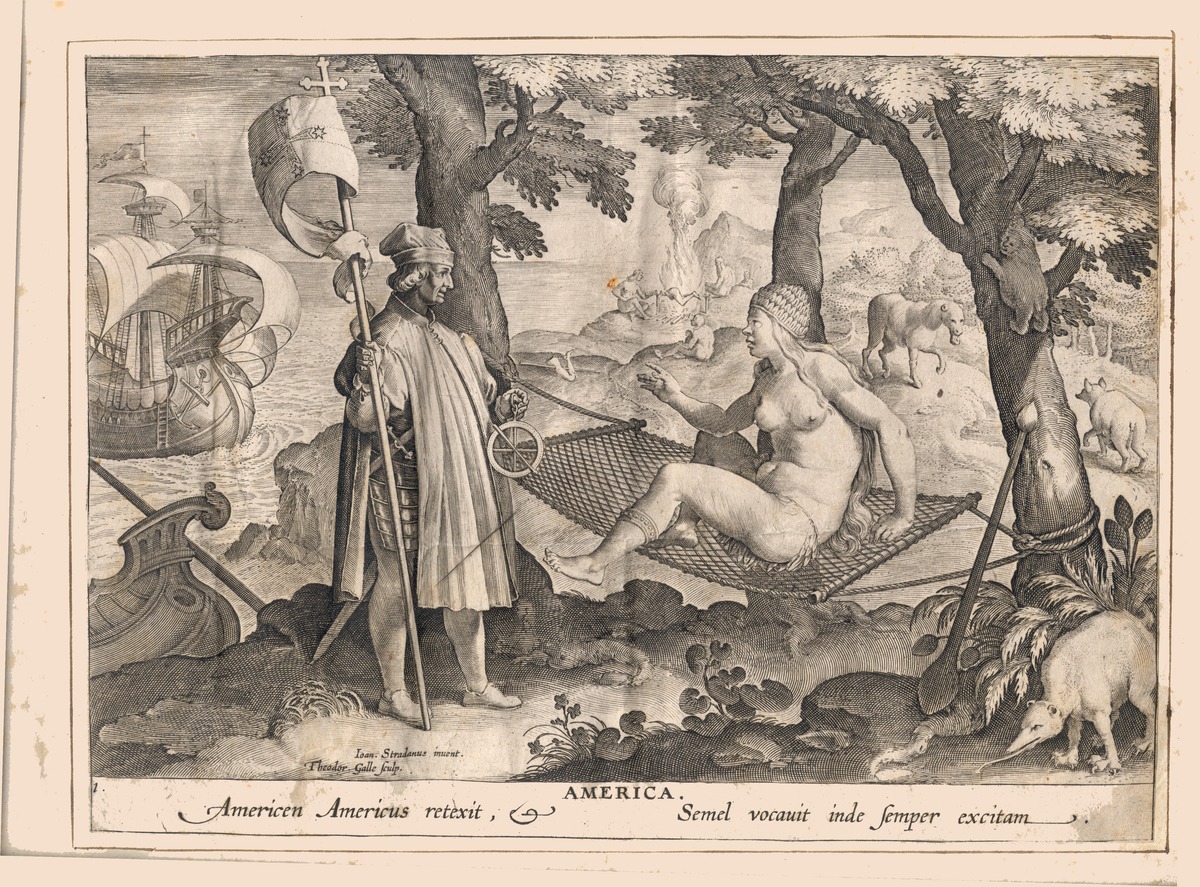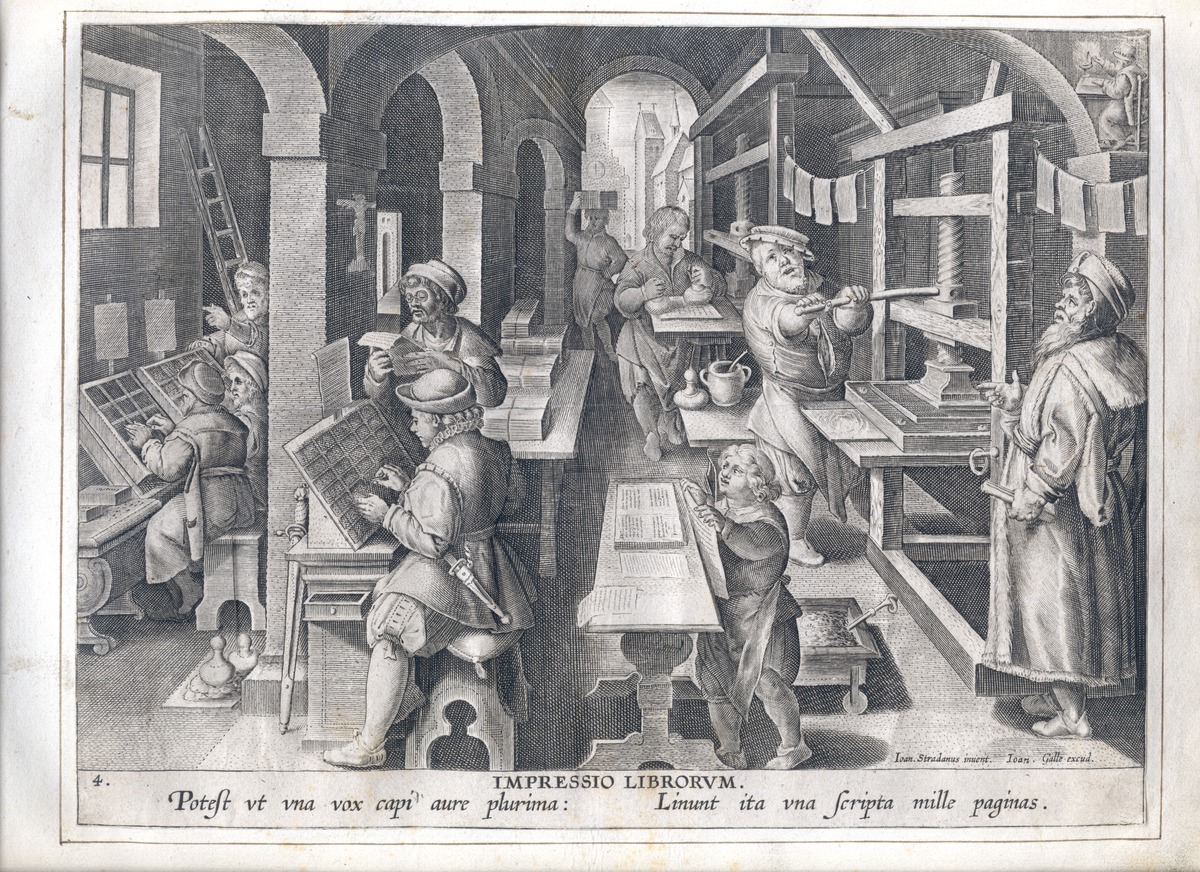[Exhibition: Museum Plantin-Moretus, Antwerp, Belgium]
09 October 2020 – 10 January 2021
A new world
In 2020, it will be 500 years since Christophe Plantin’s birth. That other famous Christophe(r), known by Columbus, had just discovered the ‘New World’ only thirty years earlier. That world may have been new to the explorers, but it was ancient for the people with rich cultures who had lived there for centuries.

The ‘discovery of America’ is an event that marks the cultural, scientific and philosophical climate of the 16th century. Western Europe came into contact with exotic flora and fauna, unheard languages and unknown customs. At the same time, new artistic methods and techniques were being tested. New markets and trade routes were opened up, new philosophies (of course, with science still being called ‘natural philosophy’ at that time) generated new facts and arguments, while new literary genres were born.
The printing art, in which Plantin played a major role, became the medium of this excitement that arose around all those novelties. They were the subject of conversation and played a pivotal role in societal perceptions in a century in which the fascination in the ‘new’ held sway.

Nova reperta
This excitement and enthusiasm is also evident in the series of prints the Flemish artist Johannes Stradanus created in Florence in 1590, reminiscing on a century of innovation. The Nova Reperta was a sampling of all those novelties.
In 20 snapshots, Stradanus presents an overview of the monumental political, social, economic and religious upheavals that were taking place and whose traces can still be seen today.
Discover the whole print series
This print series full of allegories, myths and references was printed by Philips Galle in Antwerp. That fact alone illustrates how the world had become much more globalised and the movement of goods and information internationalised. Antwerp occupied a central position in all this development. Some 80% of all maritime trade in the Low Countries passed through the gateway of Antwerp. The city was a hub for the exchange of novelties and knowledge. This was the incubator for the Plantin printing house, which accounted for over half of the total production of scientific works in the 16th century.
Innovative 21st century
Today, 500 years later, the series of twenty prints serves as a window into our own time. Even at the start of the 21st century, the word ‘innovation’ is not just plucked from thin air. The new fields still to be explored seem to be proliferating. From the very largest (the cosmos) to the smallest (Higgs boson).
Not everything that is new sparkles

Not every development is beneficial, however. That realisation is not new. The 16th century also saw the boundaries of knowledge and technological possibilities pushed to their limits. The oppression and slavery of the time still play a role in the exploitation of today’s ecosystems and peoples. Global warming is the ultimate result of the global push that began then. This sets innovation in a new light. Our knowledge has grown exponentially over the past hundred years. As has the simultaneous realisation that the number of unanswered questions has also increased.
A contemporary Nova Reperta
What twenty images would we collect in 2020 to illustrate the innovations being witnessed in knowledge and technology, in philosophy and in science? This to ensure that the people of 2520 can in it partake of what we are so amazed and enthused about today.
Museum Plantin-Moretus
09 October 2020 – 10 January 2021
Vrijdagmarkt 22
2000 Antwerp, Belgium